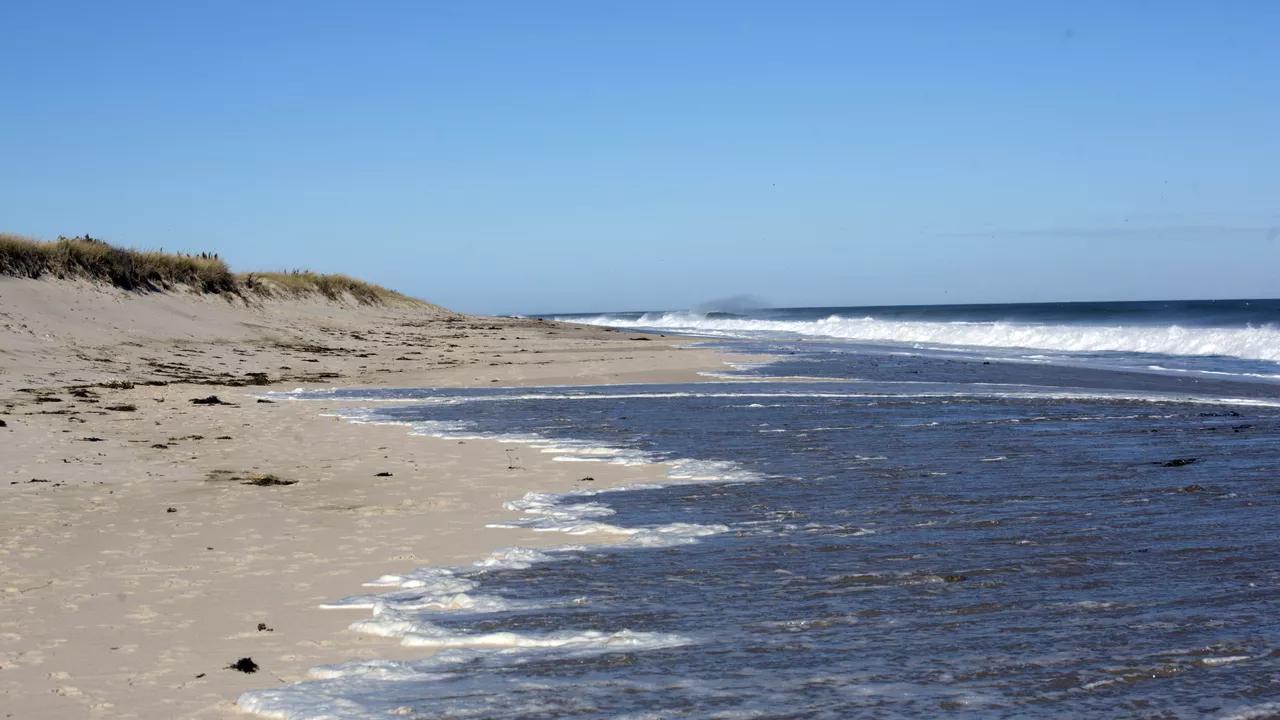Africa-Press – Lesotho. While Roman coins are not a sensation for the neighboring island of Gotland, they very much are for the desolate island of Gotska Sandon. The groundbreaking discovery therefore poses new questions for archeologists.
In a rare event, two silver coins from the Roman Empire have been unearthed on an uninhabited isle in the Baltic Sea north of Sweden’s island of Gotland.
The two Roman denarii that popped up unexpectedly during excavations on Gotska Sandon are a major archeological breakthrough, as previously only seal bones, slaughter waste from cows and a battle glove have been found.
The coins stem from the time of Emperor Trajan, who ruled the Roman Empire in the years 98-117 and Antoninus Pius, who ruled between 138 and 161. Archaeologists are now considering whether the finds are shipwreck remains scattered on the beach.
Along the coast of the island, a large number of hearths and remains of fireplaces has been found. Another version is that the coins may be somehow linked to these activities.
During the late 1800s, a local lighthouse keeper claimed he had found a Roman coin on the island, which was met with skepticism. The recent finds may well vindicate him.
Gotland, Sweden’s largest island, a key point in maritime trade in the Baltic Sea and subsequently a fixture in the Hanseatic League, is rich in medieval treasures.
In particular, the number of Arab dirhams discovered on the island is astoundingly high, eclipsing any other site in Western Eurasia. These coins made their way north via trade between Rus merchants and the Abbasid Caliphate, along the Silver-Fur Road.
The 9-km long and 6-km wide Gotska Sandon island is part of Gotland County and has been a national park since 1909. During the summer season, it attracts numerous tourists. The island consists mostly of sand (its name translates as “Gotlandic Sand Island”) and is dominated by beaches, dunes and pine forests.
For More News And Analysis About Lesotho Follow Africa-Press






